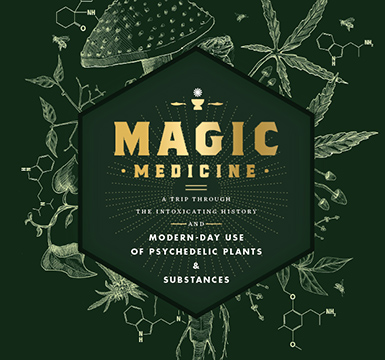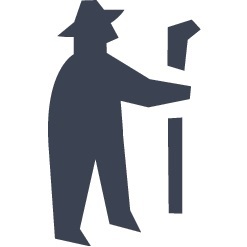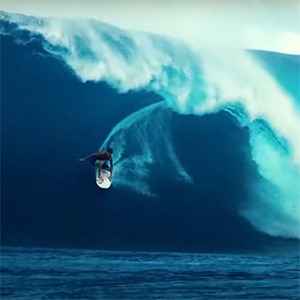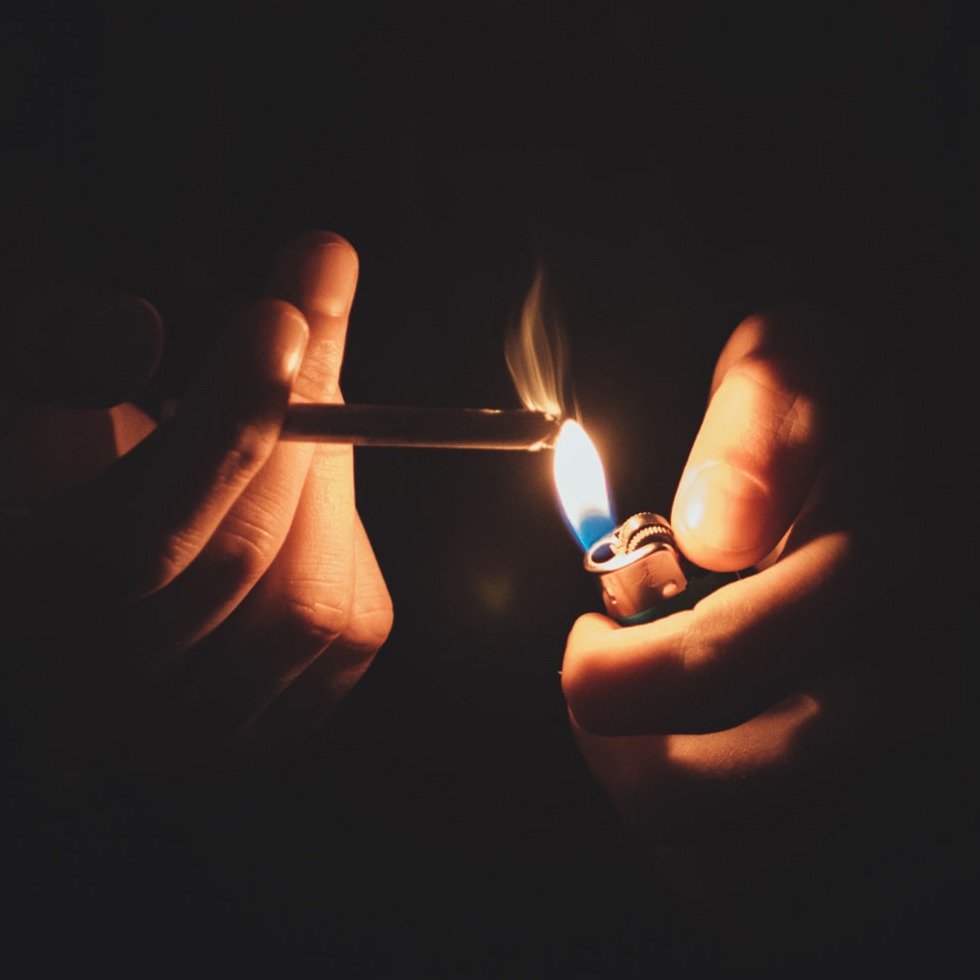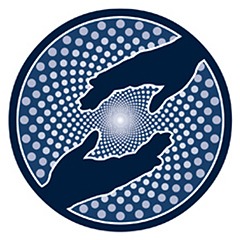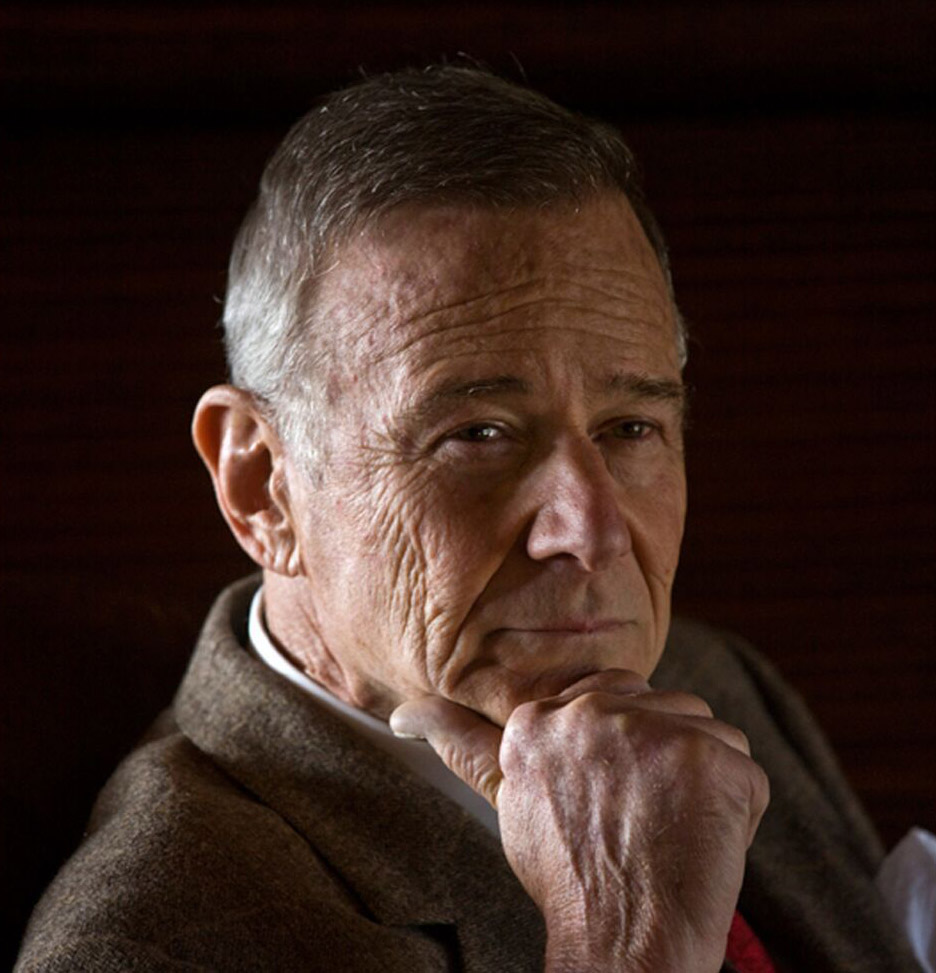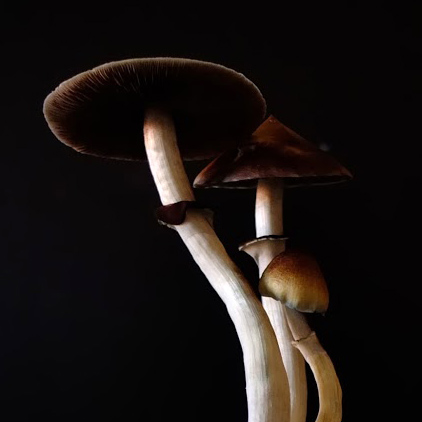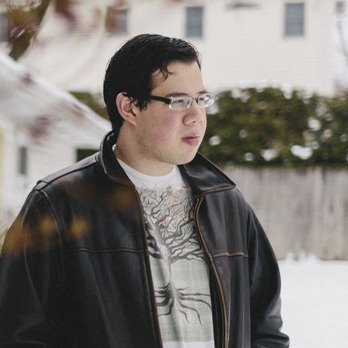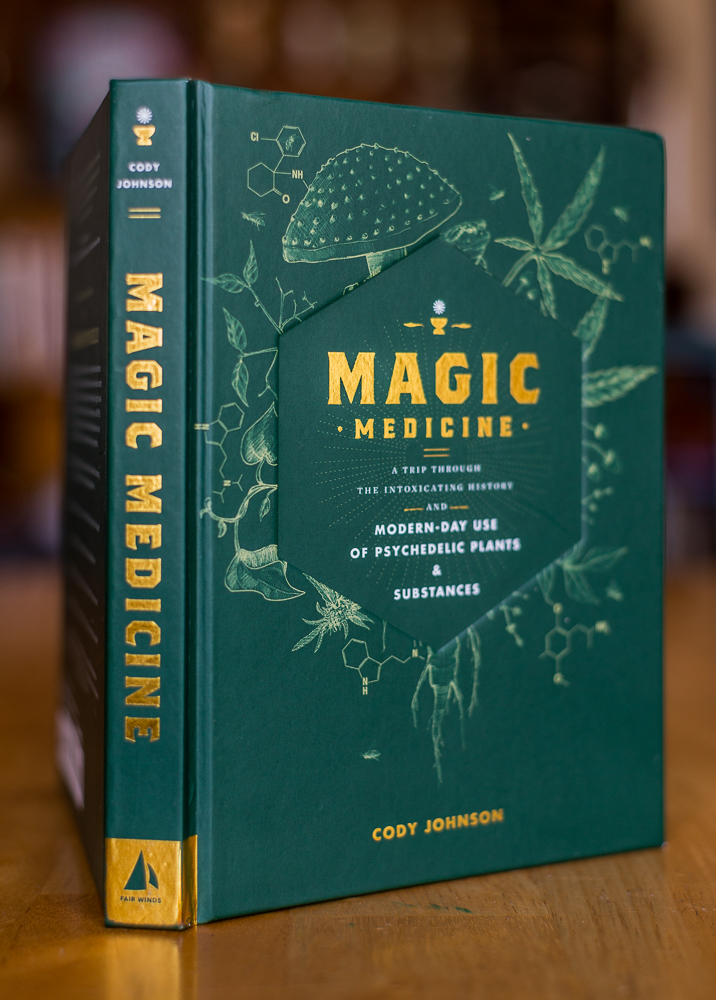Update 5 March 2014: The study has been published, and the final copy is available here.
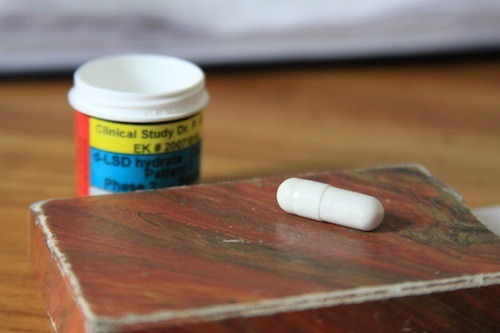
LSD capsule from the Swiss study
Rick Doblin, the founder and president of MAPS, said this in a recent “Ask Me Anything” interview on Reddit:
We’ve just completed the world’s first study of the therapeutic use of LSD in over 40 years, in Switzerland to treat anxiety associated with end-of-life issues. Eleven of the 12 subjects had never done LSD before and there were no serious adverse events, even in people facing death.
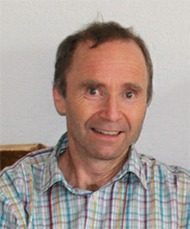
Dr. Peter Gasser, who led the study
This recently completed Swiss study is truly momentous — it’s the first “double-blind, placebo-controlled investigation of LSD-assisted psychotherapy since the early 1970s.” This pilot study found that two LSD-assisted psychotherapy sessions successfully reduced anxiety in patients with terminal illnesses. The study was led by Peter Gasser, M.D., who wrote a letter (PDF) to friends and colleagues at its completion. In it he writes that “all the 12 participants reported a benefit from the treatment.” He continues:
I am proud to say that we had in 30 sessions (22 with full dose 200 μg LSD and 8 with placebo dose 20 μg LSD) no severe side effects such as psychotic experiences or suicidal crisis or flashbacks or severe anxieties (bad trips)…That means that we can show that LSD treatment can be safe when it is done in a carefully controlled clinical setting.
The paper, which was accepted for publication in the peer-reviewed Journal of Nervous and Mental Disease, makes these conclusions:
- This pilot study found positive trends in the reduction of anxiety following two LSD-assisted psychotherapy sessions.
- Anxiety remained at reduced levels at 12-month follow-up sessions, implying durability of effects.
- LSD-assisted psychotherapy can be safely administered in these subjects.
- The results of this small pilot study are promising, and should be pursued in larger samples.
Twelve is a very small sample size, but this study is not intended to be conclusive. Rather, it re-establishes LSD as a compound which may be safely administered to human subjects, and opens the door to larger studies in the future. In the current political climate it is difficult to conduct an LSD study of any size, so these results are a tremendous step forward in legitimizing psychedelic research.
A similar study, published in 2010 by Dr. Charles Grob at UCLA, explored psilocybin as a treatment for anxiety in advanced cancer patients. That study made similar conclusions about the safety and efficacy of psilocybin in reducing anxiety. Perhaps in the future, people approaching death will have their choice of psychedelic medicines to help ease the stress of the experience.
You can read the full results of the study in this clinical report. [Or the final paper published in JNMD.]
Setting and Methodology
People experienced with psychedelics may react with some skepticism to the setting of the study. Who wants to trip in some drab hospital room or psychology lab, with clinical staff prodding you with Rorschach ink blots and free-association tests? Wouldn’t a Phish concert or a sunny day in the park be more therapeutic? I have a couple replies to these concerns.
First, consider the subjects. Of the twelve subjects, only one had ever tried LSD before. Most weren’t naturally drawn to the psychedelic experience for recreational, exploratory, or spiritual reasons. All of them were confronting advanced-stage terminal illnesses, and decided to try an experimental treatment to reduce their persistent anxiety.
If you were in this position, a professionally guided psychedelic therapy session may sound more attractive than tripping for the first time in your house, the woods, or at a concert. No matter how experienced your friends and family are, they probably aren’t psychotherapists trained to confront death-related anxiety within the framework of psychedelic therapy.
Second, check out Dr. Peter Gasser’s office where the sessions were conducted. Does this look like a drab and dreary lab to you?
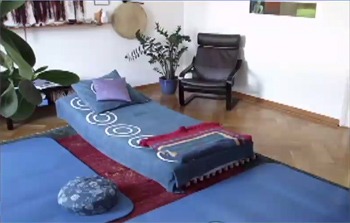
As an organization dedicated to studying the medical benefits of psychedelics, MAPS is well aware of the crucial importance of set and setting. In this study, the subject would lie down on the soft mattress pictured above. Music was played during some parts of the sessions, but other parts were silent. The researchers made every effort to keep subjects comfortable and relaxed, and did not pressure them to talk when they were peaking. According to the clinical report:
The investigators engaged with the subject, supporting and encouraging emotional processing and resolution of whatever psychological material emerged. If the subject did not speak spontaneously within the first hour, the investigators checked in with the subject. The investigators also encouraged periods of silent introspection to support and increase the psychological insights mediated by the LSD treatment.
The sessions were conducted by two psychotherapists, one male and one female. Each subject received two blinded LSD sessions, either with 200 μg, the active dose, or an “active placebo” of 20 μg. These sessions were “embedded within a course of six to eight individual non-drug psychotherapy sessions that prepared subjects for LSD-assisted therapy and then helped subjects integrate material from the LSD-assisted sessions.” No strange men in white coats, then; subjects were familiar with their therapists before the LSD sessions, and were helped to process and integrate their experiences afterwards.
After a long hiatus, this promising study should pave the way to continued interest and research regarding psychedelic-assisted therapy. If you want to support this kind of research, consider donating to MAPS.
Liked this post? Subscribe to my RSS feed to get much more!

